Ferrari's most successful model since the 308, the F355 was always going to be a hard act to follow; indeed, there were many that questioned the need to replace a model just five years old and still selling well. Clearly, in order to surpass the outstanding F355, its successor would have to break new ground rather than offer mere incremental improvements. By starting with a clean sheet of paper in designing the 360 Modena, Ferrari and its partner Pininfarina succeeded in doing just that, the new car attracting superlatives that put even its illustrious predecessor in the shade. Just about the only item carried over from the F355 was its glorious V8 engine, enlarged from 3.5 to 3.6 litres for the 360. Equipped with four overhead camshafts and five valves per cylinder - an arrangement borrowed from Ferrari's F1 engine - this remarkable unit produced 400bhp at 8,500rpm, with 275lb/ft of torque available at 4,750 revs. Unlike the F355's transverse unit, the 360's six-speed gearbox was mounted longitudinally behind the similarly disposed engine and could be ordered with an improved version of the F1-inspired paddle-operated gearchange pioneered on the F355. While its power train represented a degree of continuity with the past, in every other respect the 360 was entirely new, the most striking break with Ferrari tradition being the body's frontal treatment: gone was the omnipresent oval grille, replaced by two separate intakes set low into the front fenders à la McLaren F1. A larger car than the F355, the 360 owed its radical new shape to the quest for increased downforce, generating four times as much as the F355 yet achieving the impressively low Cd of just 0.33. There was further innovation beneath the skin, a lighter, stiffer aluminium spaceframe/ monocoque replacing the old arrangement of steel frame, tubular steel sub-frames and part steel, part aluminium body. This extensive use of aluminium meant that, despite its increased size, the 360 weighed around 220lbs less than the F355. Although it was also more powerful (by 20bhp) than its predecessor, the only straight-line performance increase claimed was a marginal reduction in the 0-60mph time to 4.5 seconds, top speed being unchanged at 183mph. Nevertheless, the 360's on-the-road dynamics constituted a significant advance, its best time around Ferrari's Fiorano test track being some three seconds faster than the F355's. Despite its prodigious performance the 360 Modena is no mere 'racer on the road' but a thoroughly modern automobile employing state-of-the-art technology: computer-controlled variable damping reconciles the differing requirements of ultimate roadholding and acceptable comfort, while the electronic drive-by-wire throttle enables the use of a sophisticated traction control and anti-lock braking system. Proportional power-assisted steering and driver's airbag are other features calculated to make the car reassuringly user-friendly. Commencing with the 348, Ferrari had started the first factory-backed one-make race series for amateur and semi-professional racing drivers back in 1993, and the immensely successful Ferrari Challenge increased further in popularity with the subsequent introduction of the F355 and 360 Modena. The latter first appeared on the grid in Challenge form in 2000, featuring a multitude of alterations making it more suitable for track use. These included the removal of the air conditioning system, electric windows, sound-deadening material and extraneous interior trim, and the replacement of the bumpers, window glass, exhaust system, interior centre console and door trim panels with lightweight alternatives. Gone too was the standard analogue dashboard instrumentation, replaced by a Marelli digital display linked to the on-board data acquisition and telemetry system. Safety enhancements included a plumbed-in automatic fire extinguisher system and FIA-approved safety fuel cell. The engine and transmission were left virtually standard, though the
Ferrari's most successful model since the 308, the F355 was always going to be a hard act to follow; indeed, there were many that questioned the need to replace a model just five years old and still selling well. Clearly, in order to surpass the outstanding F355, its successor would have to break new ground rather than offer mere incremental improvements. By starting with a clean sheet of paper in designing the 360 Modena, Ferrari and its partner Pininfarina succeeded in doing just that, the new car attracting superlatives that put even its illustrious predecessor in the shade. Just about the only item carried over from the F355 was its glorious V8 engine, enlarged from 3.5 to 3.6 litres for the 360. Equipped with four overhead camshafts and five valves per cylinder - an arrangement borrowed from Ferrari's F1 engine - this remarkable unit produced 400bhp at 8,500rpm, with 275lb/ft of torque available at 4,750 revs. Unlike the F355's transverse unit, the 360's six-speed gearbox was mounted longitudinally behind the similarly disposed engine and could be ordered with an improved version of the F1-inspired paddle-operated gearchange pioneered on the F355. While its power train represented a degree of continuity with the past, in every other respect the 360 was entirely new, the most striking break with Ferrari tradition being the body's frontal treatment: gone was the omnipresent oval grille, replaced by two separate intakes set low into the front fenders à la McLaren F1. A larger car than the F355, the 360 owed its radical new shape to the quest for increased downforce, generating four times as much as the F355 yet achieving the impressively low Cd of just 0.33. There was further innovation beneath the skin, a lighter, stiffer aluminium spaceframe/ monocoque replacing the old arrangement of steel frame, tubular steel sub-frames and part steel, part aluminium body. This extensive use of aluminium meant that, despite its increased size, the 360 weighed around 220lbs less than the F355. Although it was also more powerful (by 20bhp) than its predecessor, the only straight-line performance increase claimed was a marginal reduction in the 0-60mph time to 4.5 seconds, top speed being unchanged at 183mph. Nevertheless, the 360's on-the-road dynamics constituted a significant advance, its best time around Ferrari's Fiorano test track being some three seconds faster than the F355's. Despite its prodigious performance the 360 Modena is no mere 'racer on the road' but a thoroughly modern automobile employing state-of-the-art technology: computer-controlled variable damping reconciles the differing requirements of ultimate roadholding and acceptable comfort, while the electronic drive-by-wire throttle enables the use of a sophisticated traction control and anti-lock braking system. Proportional power-assisted steering and driver's airbag are other features calculated to make the car reassuringly user-friendly. Commencing with the 348, Ferrari had started the first factory-backed one-make race series for amateur and semi-professional racing drivers back in 1993, and the immensely successful Ferrari Challenge increased further in popularity with the subsequent introduction of the F355 and 360 Modena. The latter first appeared on the grid in Challenge form in 2000, featuring a multitude of alterations making it more suitable for track use. These included the removal of the air conditioning system, electric windows, sound-deadening material and extraneous interior trim, and the replacement of the bumpers, window glass, exhaust system, interior centre console and door trim panels with lightweight alternatives. Gone too was the standard analogue dashboard instrumentation, replaced by a Marelli digital display linked to the on-board data acquisition and telemetry system. Safety enhancements included a plumbed-in automatic fire extinguisher system and FIA-approved safety fuel cell. The engine and transmission were left virtually standard, though the
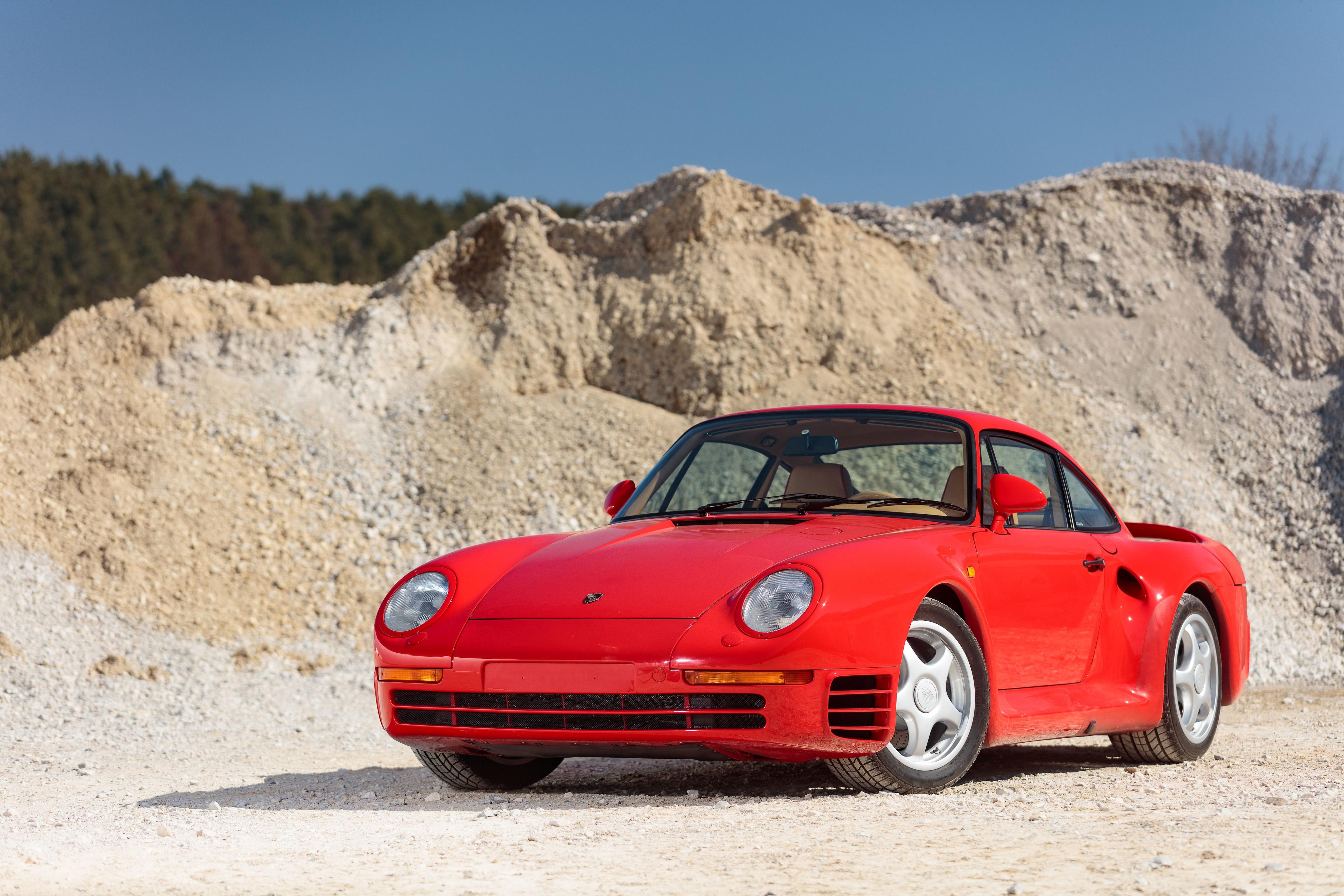
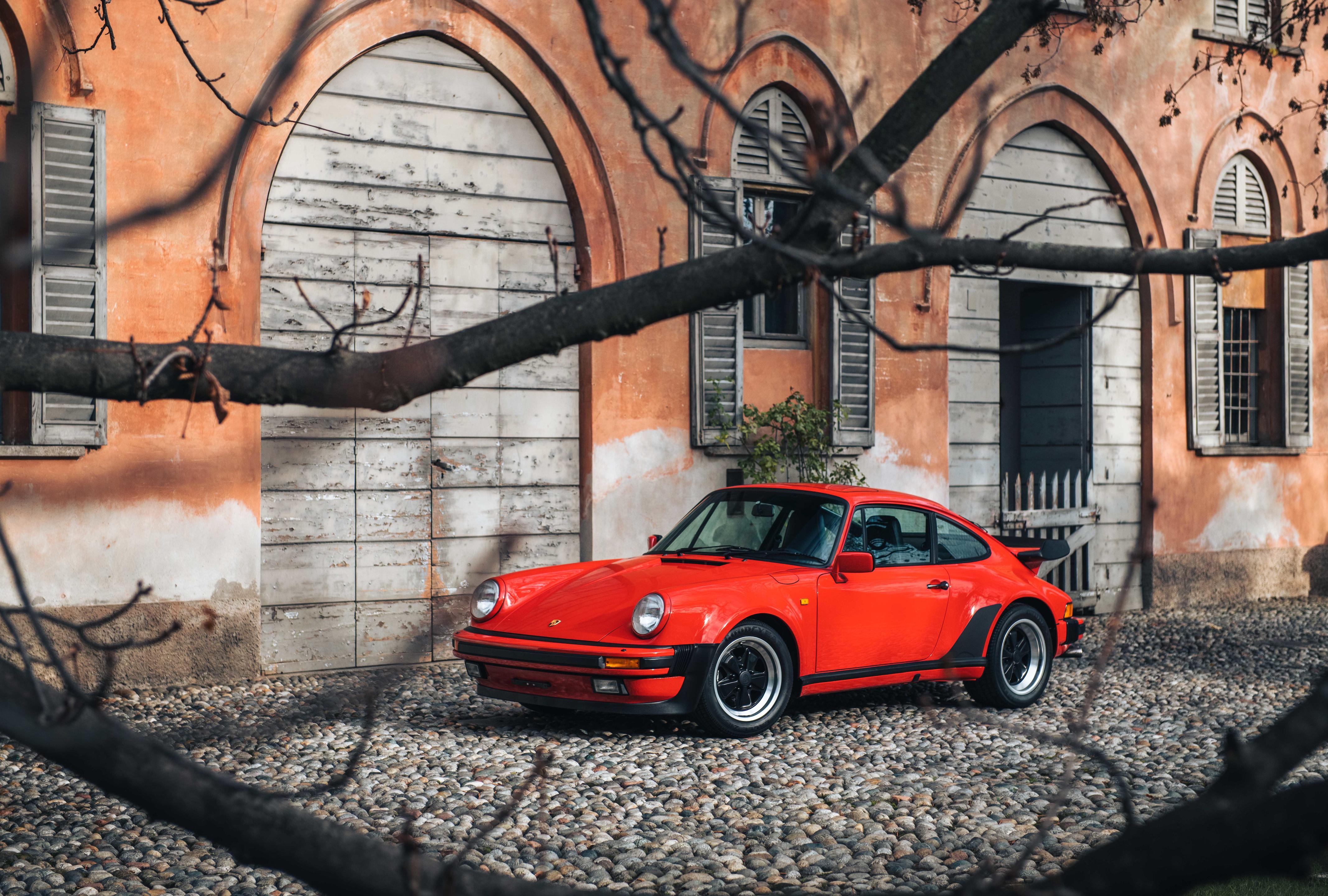

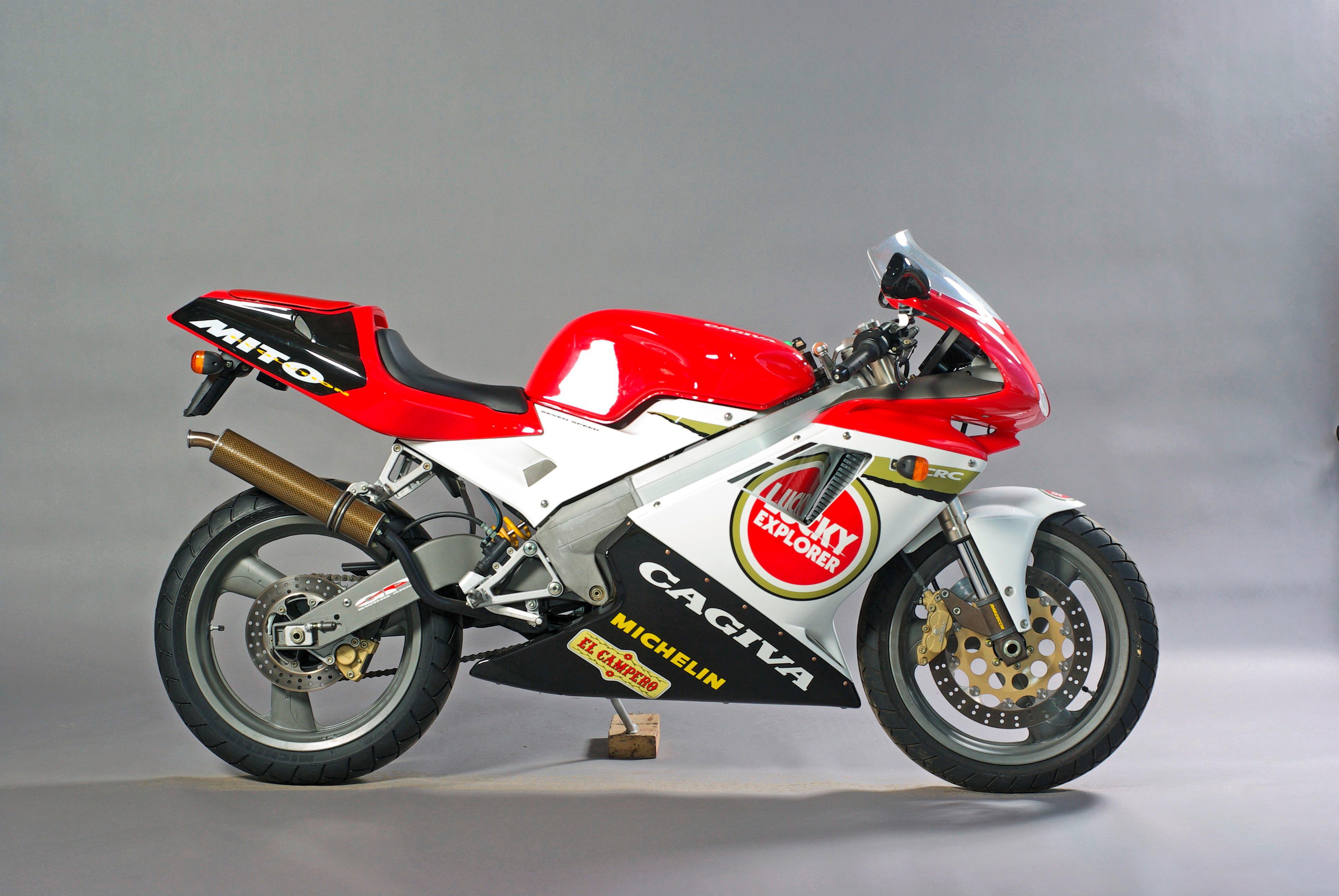
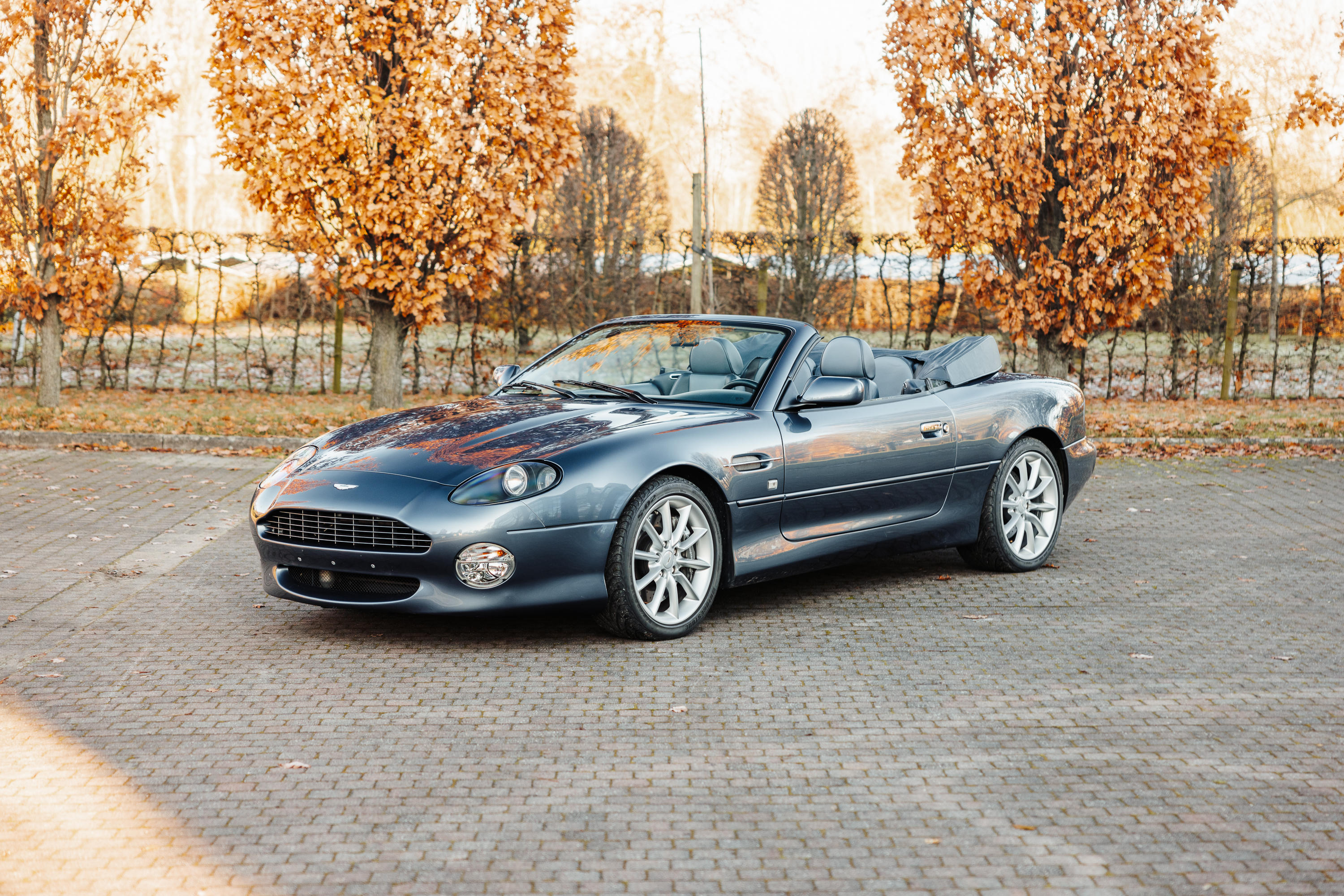
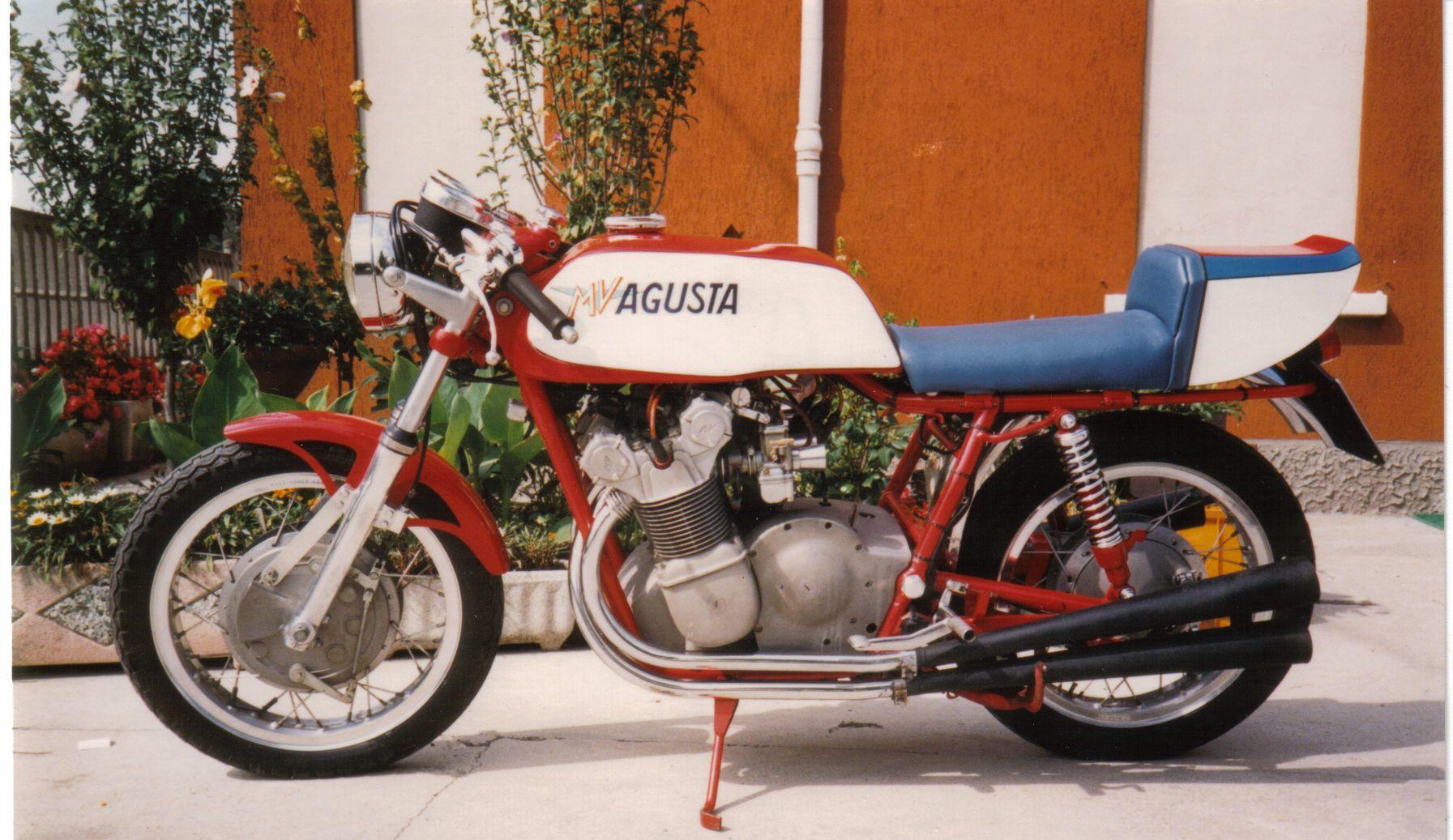
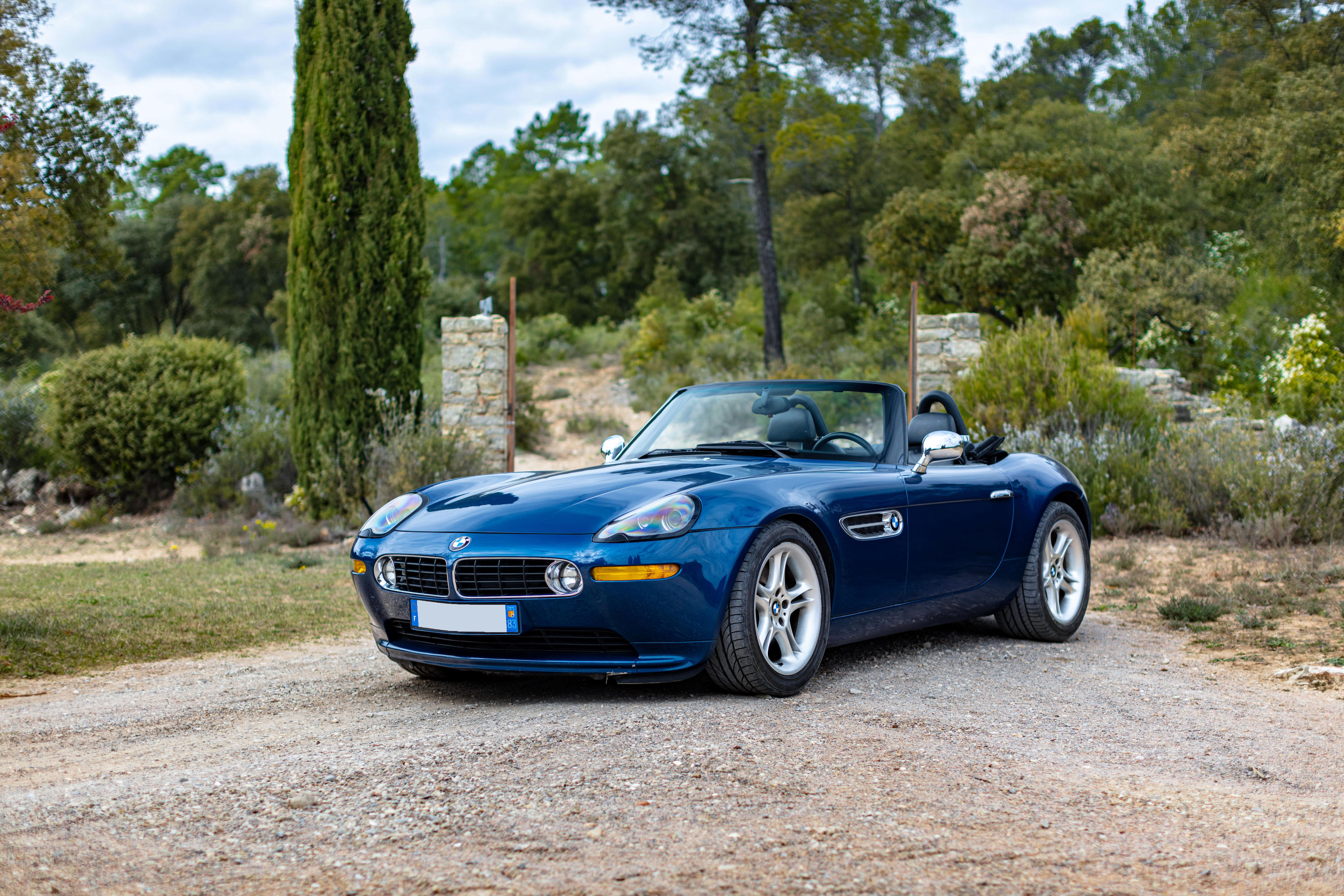
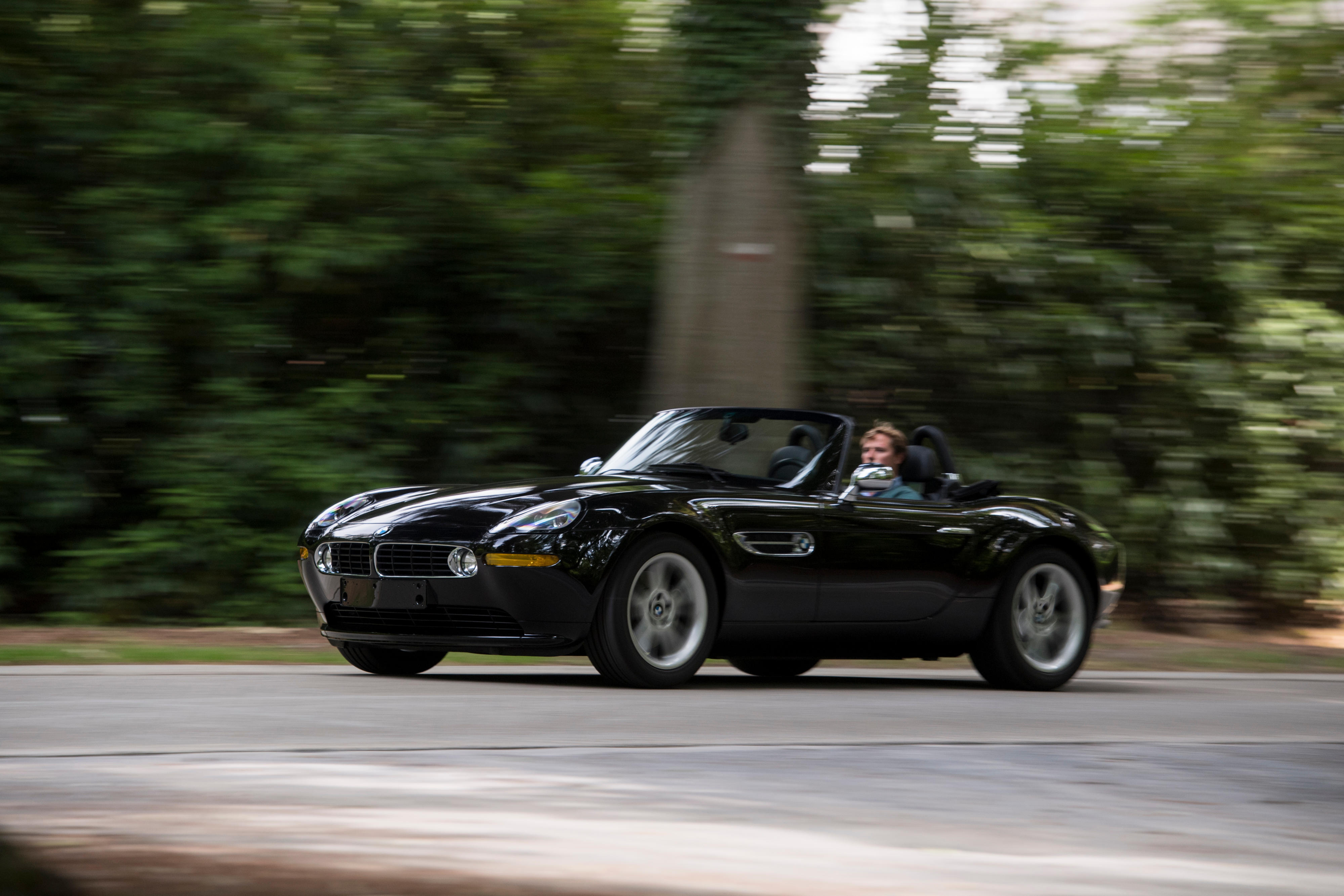

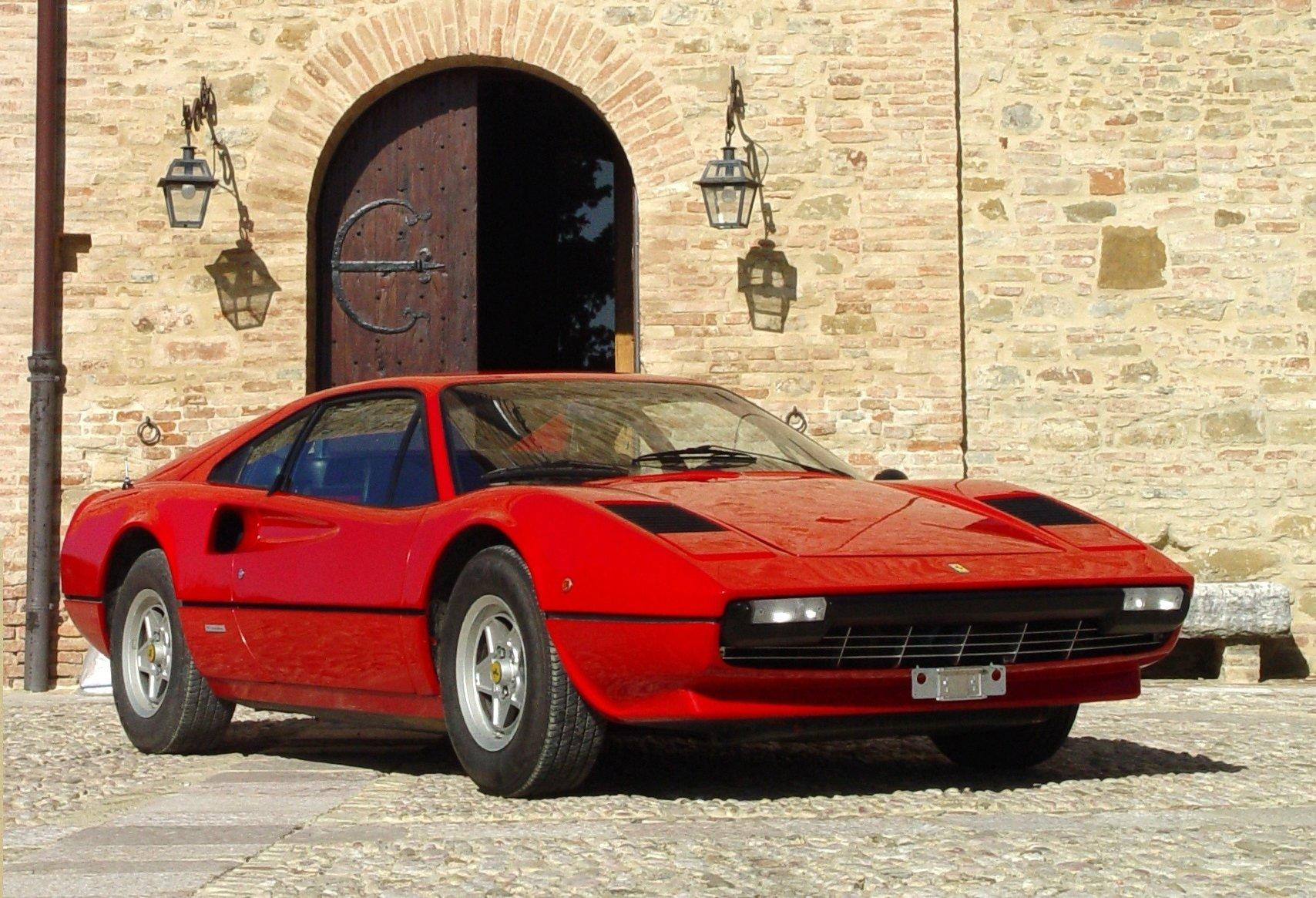
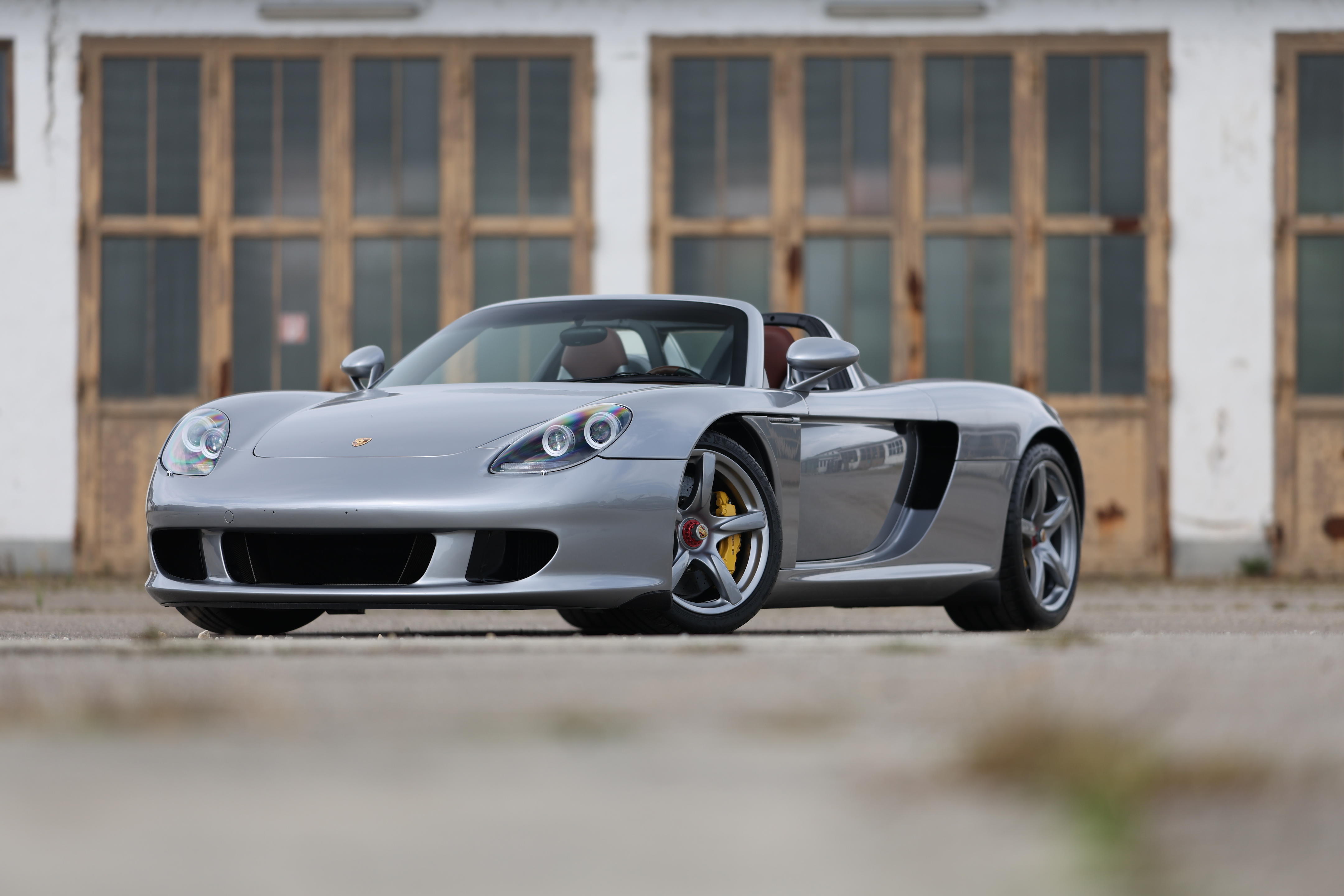
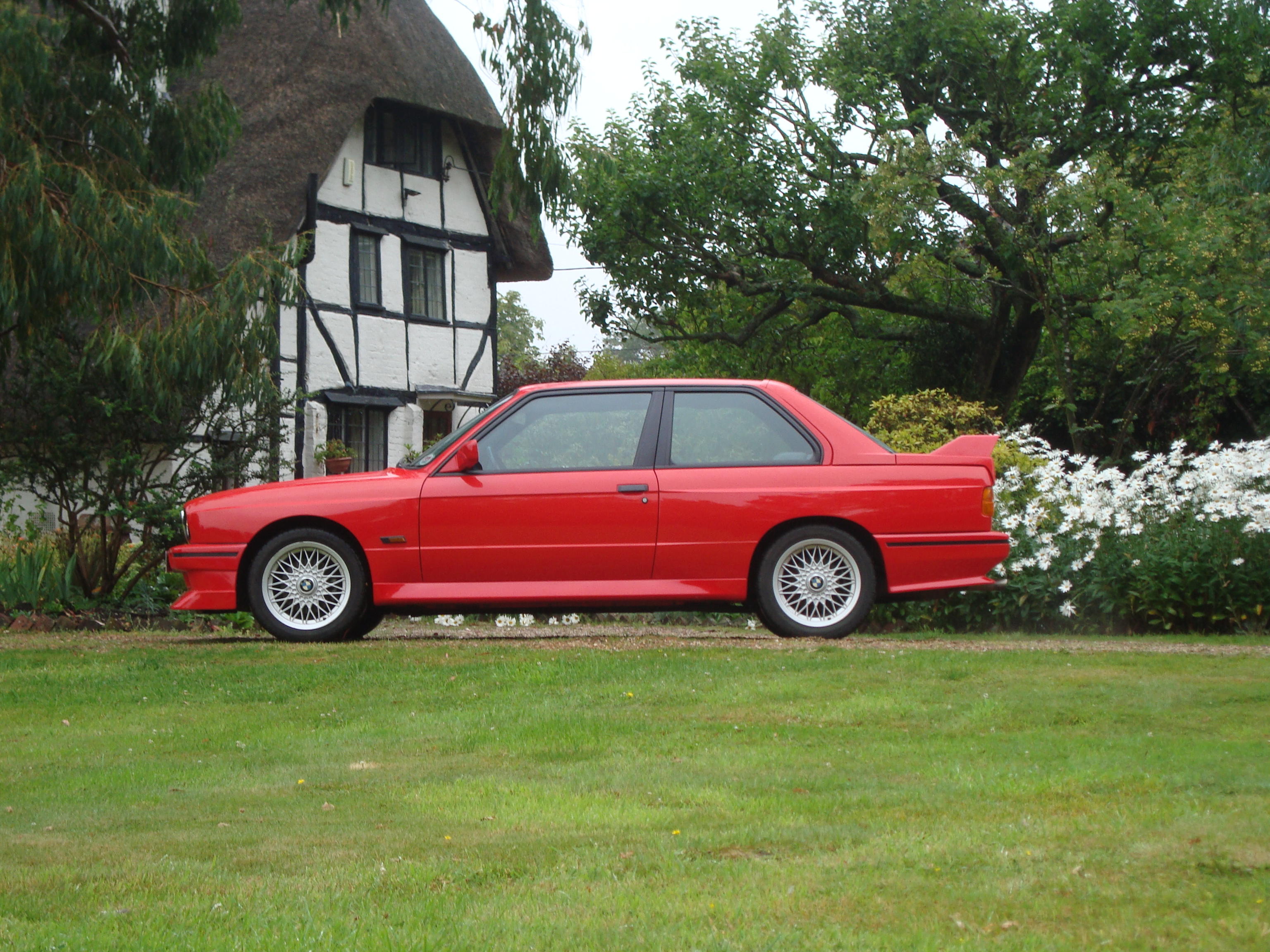
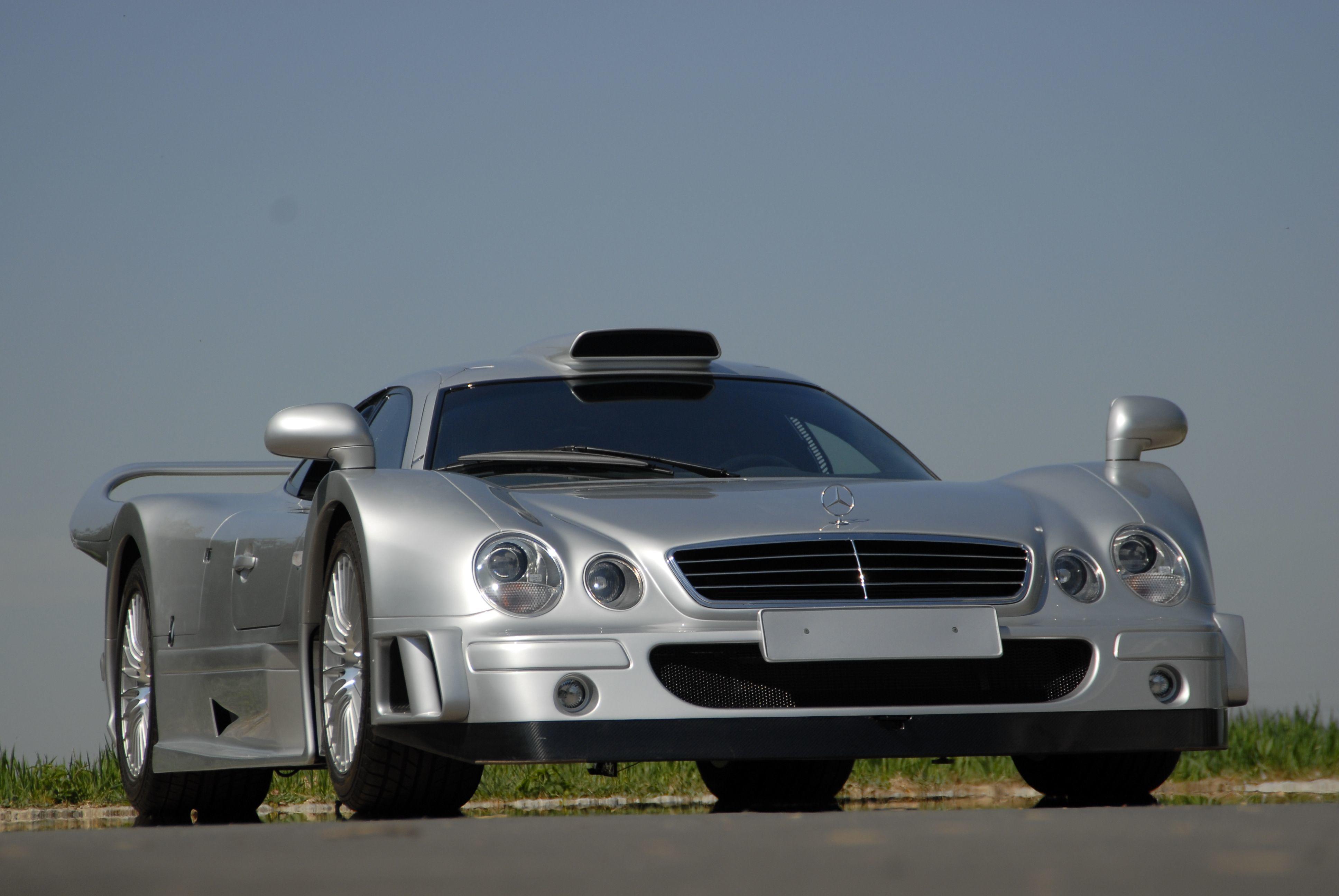
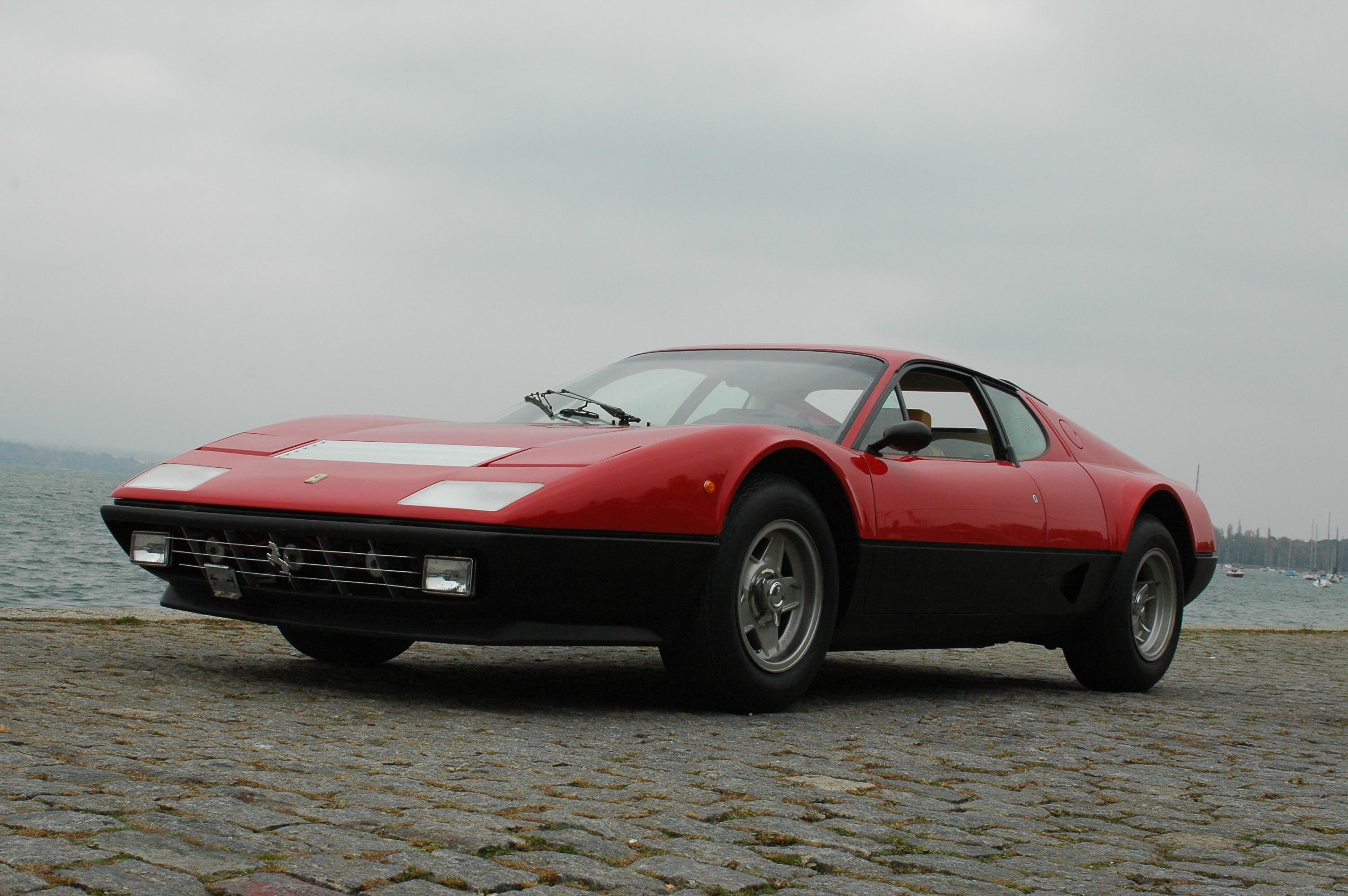
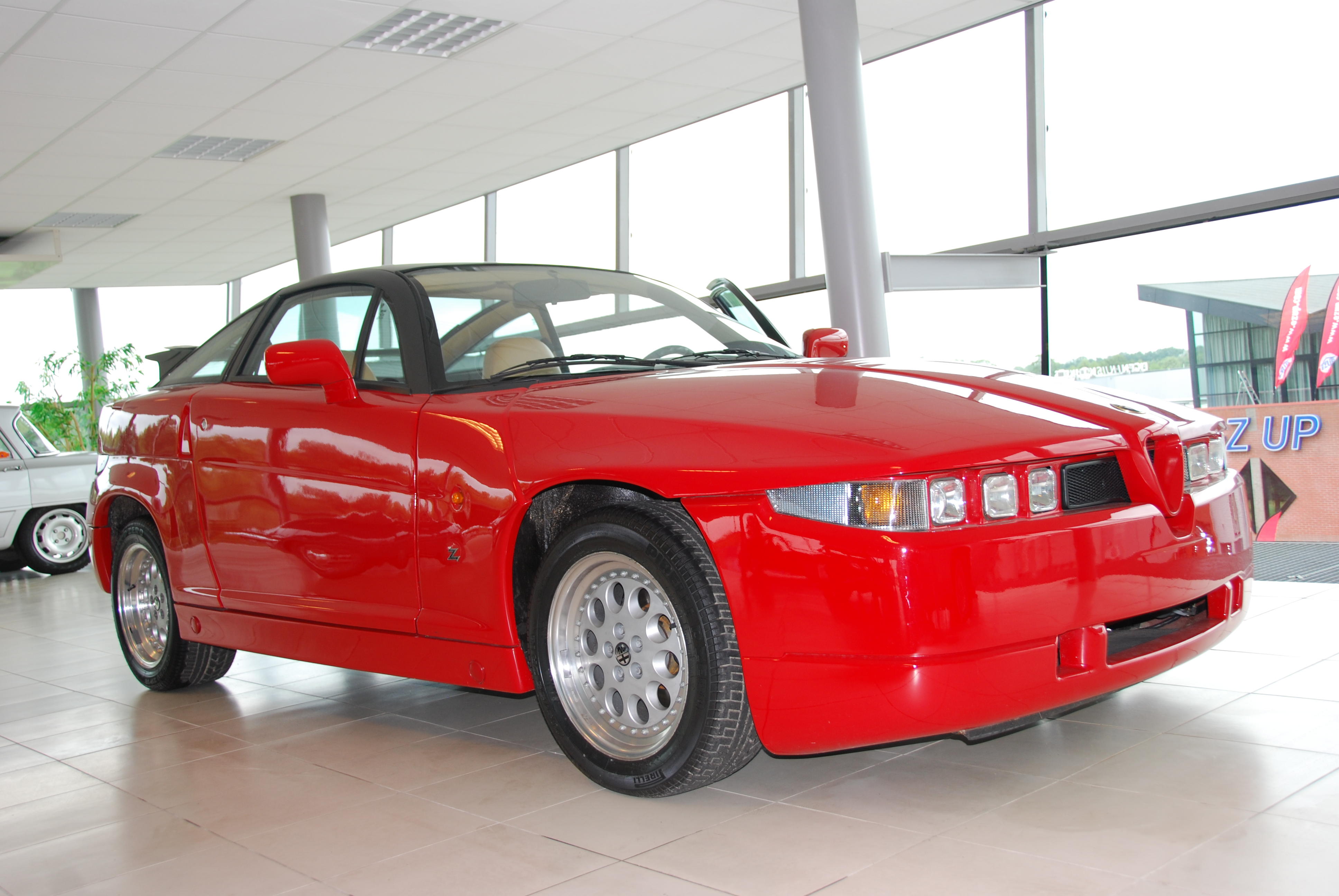
Try LotSearch and its premium features for 7 days - without any costs!
Be notified automatically about new items in upcoming auctions.
Create an alert